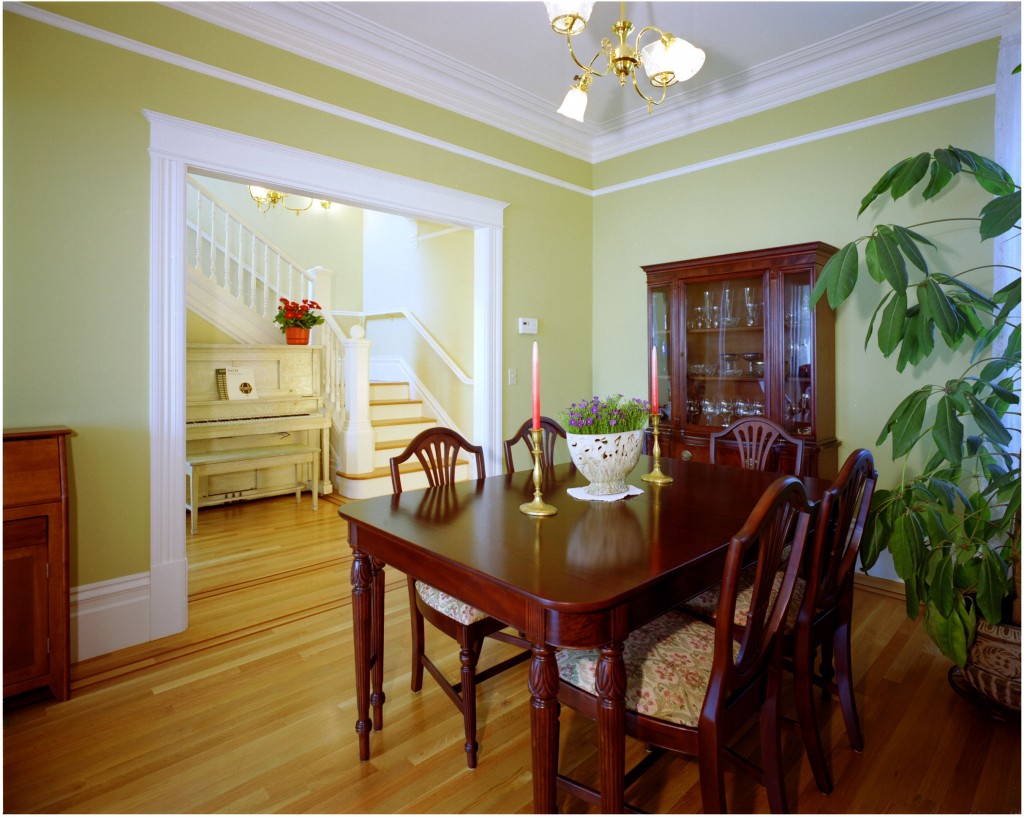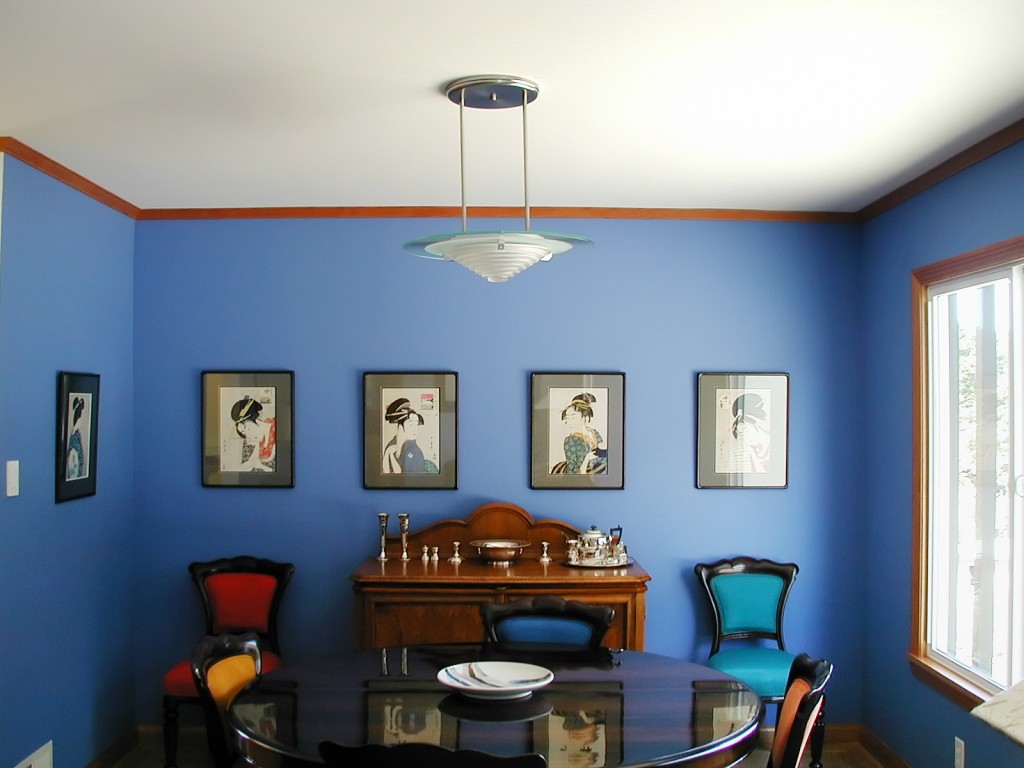
A crucial aspect of painting your home is choosing a color scheme you’ll enjoy looking at for years. Photo: Classic Shades Painting Co. ©2022
One of the most challenging aspects of any interior painting project is selecting colors. If you don’t believe it, just take a look at any color swatch gallery and try not to be overwhelmed by the sheer volume and variety of options. The intimidation factor is further compounded by the fact that you have to live with the colors you choose for the next several years. If the prospect of choosing paint colors has you in a panic, take a deep breath and read the following advice from two Diamond Certified Expert Contributors:
Get started. For some, the most difficult part of choosing paint colors is finding a starting point. Instead of immediately diving into a sea of swatch samples, a better strategy is to consult the familiar. For example, Yefim Skomorovsky of Classic Shades Painting Co. suggests looking inside your closet. “If you’re like most people, your wardrobe reflects the colors you like, so it’s a natural place to start,” he says. He also recommends referencing the colors of your home’s flooring and furniture, or, if you’re really stuck, browsing through home remodeling magazines to glean inspiration. Remember, at the end of the day, you want to choose colors that make you feel good.
Build a color scheme. Choosing your main hue can be challenging, but it’s only the beginning of the greater task of building your color scheme. Mr. Skomorovsky says the conventional method for doing this is to use a “monochromatic” color scheme, which consists of varying shades of a single hue. For example, if you’re implementing a monochromatic color scheme in your home, you might pick a light blue for your wall color and a darker shade of that same blue for your trim.
If you want to add a little more flavor to your color scheme, Mr. Skomorovsky suggests introducing a complementary color—a totally different color that pairs nicely with your main hue. “The best way to find a complementary color is to use a color wheel, which you can get at any paint supply or hardware store,” he advises. “A color wheel arranges all the primary colors in a circular spectrum, with complementary hues situated opposite each other. This simple tool can remove a lot of the guesswork from the color selection process.”

A good way to spice up a monochromatic color scheme is to introduce a complementary color—a totally different color that pairs nicely with your main hue. Photo: Classic Shades Painting Co. ©2022
Find a balance. While experimenting with your color scheme is encouraged, you also have to be careful not to overdo it, especially when it comes to deeper, darker hues. For example, if you want to incorporate an intense, passionate color like deep red into your color scheme, you should offset it by choosing lighter hues for accompaniment. Also, for rooms that don’t get much light, using too many dark colors can be problematic. Even an intense hue like red can work if there’s enough light to offset it, but putting dark colors in a poorly lit space can result in a somewhat oppressive ambiance.
Joe Sabel of J & J’s Final Coat Painting, Inc. says a color’s properties can actually alter a room’s apparent size, with brighter colors having an enlarging effect and darker colors having a shrinking effect. However, he says there are a couple of ways to alleviate the diminutive tendency of deeper hues. “One way is to paint the room’s ceiling with a half-formula of the wall color: a 50/50 mixture of the wall paint and white. This will lighten things up a bit while staying within the same register as your main hue.” Mr. Sabel says another way to enliven the atmosphere of a deep-hued room is to add brightly colored décor like throw pillows, blankets and wall art. These decorative highlights will provide aesthetic intrigue and avoid an overly dark atmosphere.

In addition to browsing paint swatch galleries, be sure to test paint samples in your home to see how they perform. Photo: J & J’s Final Coat Painting, Inc. ©2022
Bring it on home. While browsing swatch samples is an important part of choosing paint colors, Mr. Sabel says it’s no substitute for observing colors firsthand in your home environment. That’s why he recommends purchasing sample quarts of paint and applying them to wall sections throughout your home. “This will give you an opportunity to not only see how the colors look in your home, but to actually live with them for a time,” he explains. “Don’t worry about messing up your current wall paint—it’s going to be painted over soon anyway.”
During the testing period, Mr. Sabel says it’s important to take note of how colors perform in various areas of your home. In particular, he stresses paying attention to how they react under different kinds of lighting, which can influence the mind’s perception of color. By taking your time to consider and test paint colors, you’ll be able to make a well-considered choice rather than an educated guess.
